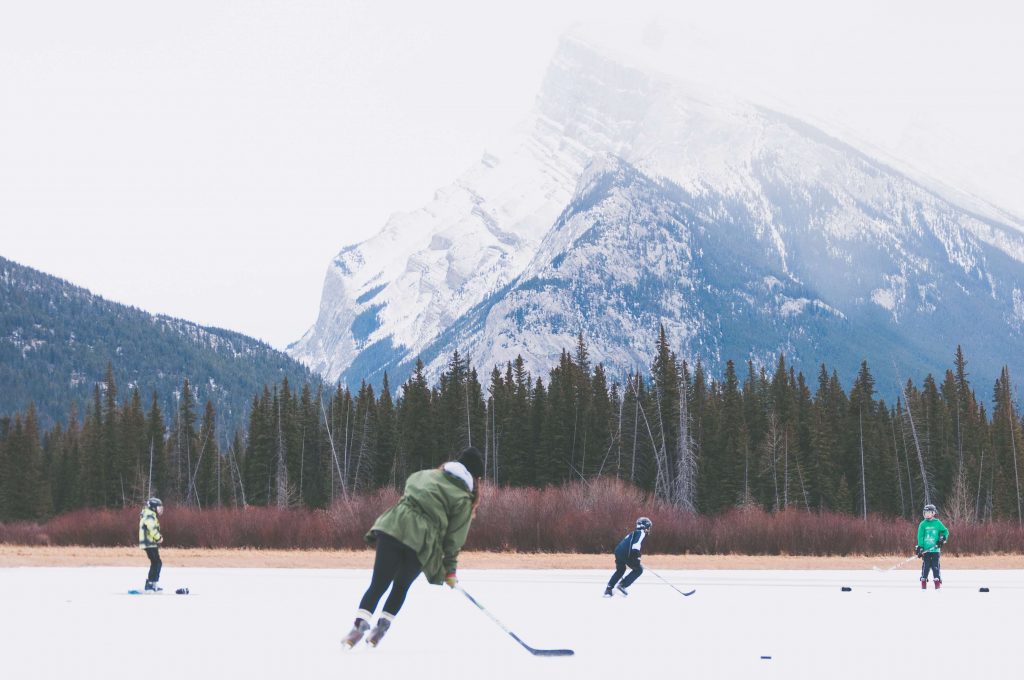
Winter is a magical time of year, with twinkling lights, crackling fires, and cozy gatherings. It’s also a great opportunity to teach your kids about the wonders of nature and science with some fun winter facts. From snowflakes to polar bears, there’s a wealth of fascinating information waiting for them to discover. In this blog post, we’ll share some engaging and educational winter facts for kids that will pique your child’s curiosity and spark their imagination.
No Two Snowflakes are Alike
Have your children ever caught snowflakes on their tongues or admired the intricate crystals on a windowpane? Every snowflake is unique, and it’s estimated that there are over 10 quintillion (10,000,000,000,000,000,000) snowflakes in the world. Even though they look similar, no two snowflakes have the same exact shape or pattern. This is because the temperature and humidity in the air create different conditions for each snowflake to form.
It’s Not Actually Colder in the Arctic Than in Antarctica
Many people assume that the Arctic is colder than the Antarctic because it’s further north. However, that’s not entirely true. While the Arctic Ocean is surrounded by land masses that make it colder than the Antarctic during winter, Antarctica is the coldest and windiest continent on Earth. In fact, the lowest temperature ever recorded was -128.6°F (-89.2°C) at the Soviet Union’s Vostok Station in July 1983.
Some Animals Hibernate, Others Adapt
As the temperatures drop, some animals go into hibernation to conserve energy and stay warm. For example, bears, chipmunks, and snakes all hibernate during the winter months. However, other animals simply adapt to the colder weather. For example, some birds grow thicker feathers or migrate to warmer climates, while animals like reindeer and polar bears have thick fur, blubber, and keen senses to help them survive in their harsh environments.
The Winter Solstice is the Shortest Day of the Year
The winter solstice marks the beginning of winter and the shortest day of the year in the Northern Hemisphere. It usually falls on December 21 or 22, and marks the day when the sun’s rays are the farthest from the equator. In contrast, the summer solstice, on June 20 or 21, is the longest day of the year with the most sunlight. Many cultures have celebrated the solstices for centuries with festivals, rituals, and other traditions.
Winter Sports are Fun and Healthy
When it comes to staying active during the winter, there are plenty of fun and healthy options for kids. Skiing, snowboarding, ice skating, and sledding are all great ways to get outside and enjoy the snow. These activities can improve balance, coordination, cardiovascular health, and overall fitness. Plus, they’re a great way to bond with family and friends and create lasting memories.
Conclusion
Winter offers a wealth of opportunities for children to learn and explore the wonders of the season. From studying the uniqueness of snowflakes to understanding the science behind animal hibernation, there’s much to discover outdoors. Troomi Wireless enhances this experience by providing Kid Safe apps, fostering a healthy balance between screen time and outdoor activities. With the parent portal, caregivers can monitor their child’s location and texts, ensuring safety while allowing them to embrace the magic of winter without being tethered to screens. Troomi Wireless thus becomes a valuable tool in encouraging kids to enjoy the season, fostering curiosity about the world around them.
Interested in learning more? Click here!
